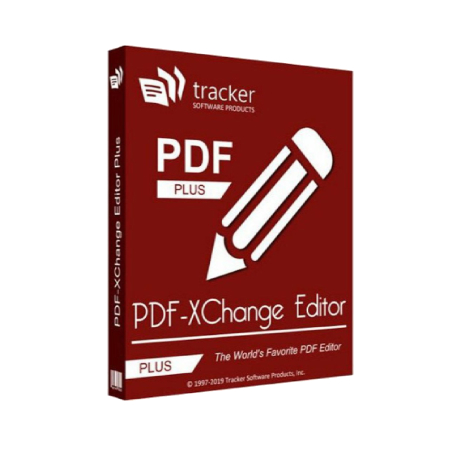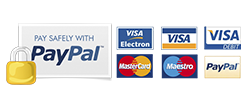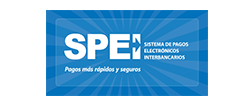.jpeg)
We have no knowledge of the level of money you are trading with or the level of risk you are taking with each trade. HowToTrade.com helps traders of all levels learn how to trade the financial markets. You can also backtest for free on TradingView without programming your strategy into a bot (TradingView has an automated backtesting feature for trading bots, though). However, this feature is only free on timeframes higher than the daily. Also, you’ll need to have somewhere separate to journal your trades.
What considerations are unique to backtesting CFD strategies?
A wide variety of datasets allows traders to backtest regardless of strategy or instrument traded. Effortlessly backtest strategies against historical data to validate your trading ideas. It’s why I’ve shared with you a 3-step framework to make decisions better as a price action trader. There are many ways in which one trader can backtest his trading strategy, so its definition can vary.
Selecting the Right Backtesting Tools and Platforms
It enables traders to identify the strengths and weaknesses of their approach, fine-tune parameters, and develop confidence in their strategy before applying it in real-time market scenarios. Backtesting cryptocurrency trading strategies uses historical data to evaluate performance and identify strengths and weaknesses. This process aids traders in refining strategies before employing real capital and can be conducted manually or automated, depending on the trader’s needs and the complexity of the strategy. Strategies for backtesting algorithmic trading systems include using high-quality historical data, incorporating transaction costs, and accounting for latency and execution delays.
What are the Benefits and Limitations of Backtesting?
It’s also crucial to recognize that backtesting, while valuable, cannot fully replicate the psychological pressures of real-time trading. As such, it should be complemented with other tools and techniques for a more holistic top 100 forex brokers list trading strategy. Ultimately, backtesting is about learning and evolving as a trader, continually refining strategies to adapt to the dynamic world of online trading. Consider the user-friendliness, customization options, integration of accurate historical data, and ability to analyze performance metrics when choosing a backtesting tool. These factors are crucial for selecting a tool that aligns with your trading strategy. Forex strategies bring their own specific set of challenges when it comes to backtesting.
TradingView and Pine Script provide an excellent platform for backtesting trading strategies. The process of backtesting involves simulating a trading strategy using historical data to determine its potential profitability. By analyzing the results of the backtest, traders can make informed decisions about whether to cryptocurrency investing bible the ultimate guide about blockchain mining implement a strategy in live trading.
Positive outcomes from backtesting provide confidence in the model’s viability, allowing traders to tweak system inputs and optimize model performance based on historical trends. Backtesting equips investors with insights into how their strategies would have fared during past periods of market volatility, allowing them to adapt their approaches to similar conditions. It provides a means to assess strategy effectiveness in volatile markets and refine risk management practices accordingly. Backtesting equity strategies often involves a complex database that includes comprehensive financial statements, while derivative strategies typically rely on price and volume data. The transaction times and frequency of trades also differ, with derivatives markets generally allowing for higher-frequency trades compared to equity markets. Monitoring the equity curve can provide valuable insights into the performance of these strategies.
.jpeg)
The trader could then backtest to determine which lengths of moving averages would have performed the best on the historical data. An example of backtesting could involve a simple moving average crossover system where historical data is used to determine the optimal lengths of moving averages for trade signals. These metrics help traders evaluate the consistency and volatility of their strategies over time, providing a comprehensive understanding of their success and areas for improvement. Backtesting transcends mere numbers; it shapes the trader’s ethos, instilling discipline, boosting confidence, and fostering a consistency that becomes the hallmark of successful trading.
Historical data, forward-looking indicators, predictive analysis models – all these can help you build a sound trading strategy. Without incorporating real market data, you simply can’t get an accurate indication of your trading strategy’s future performance and whether it is viable under actual market conditions. Performance evaluation is another key aspect of backtesting trading. It involves analyzing the results of a simulated trading strategy to determine its profitability and risk profile. Traders can use a variety of metrics to evaluate the performance of a strategy, including net profit, return on investment, and maximum drawdown.
- In Tradingview, you can simply save a screenshot with one click and it is automatically downloaded to your computer.
- During the backtesting process, traders can analyze key metrics such as profitability, drawdowns, win ratios, and risk-adjusted returns.
- In the examples here, we’ve printed opened and closed trades to the console.
- When you select it, you can generate and copy a link to the screenshot of your chart just as it is.
Pine Script is a powerful scripting language that can be used to create custom indicators and strategies within the TradingView platform. To create a custom indicator or strategy, you will need to have a basic understanding of programming and be familiar with the Pine Script syntax. Once the strategy and data range have been selected, the backtest can be run. The results of the backtest will be displayed on the chart and can also be viewed in the Pine Script Editor. The results will include key performance metrics such as net profit, profit factor, and maximum drawdown.
It ensures traders adhere to their strategies, resisting the temptation of impulsive decisions and avoiding the pitfalls of overtrading. Backtesting is not a one-off affair; it’s a continuous dialogue between your strategy and the markets. Feedback gleaned from backtesting guides the refinement of your approach, prompting you to either polish a diamond in the rough or discard a fool’s gold. Through the lens of backtesting, risk is no longer a shadow lurking in the markets—it becomes quantifiable and manageable. By simulating your strategy across historical upheavals, you glean invaluable insights into volatility, drawdowns, and market disruptions. It looks at the biggest declines over time, showing the strategy’s risk level.
Without a doubt, an effective automated backtesting system will help you enter the markets with a tested and successful trading strategy without risking your capital. Coding a trading strategy requires translating trading concepts into exact rules. Specify precise conditions for data lake vs data warehouse market entry and exit, position sizing parameters, and risk management criteria. You can use backtesting to measure potential returns, analyze risks, and refine your trading approaches based on actual market conditions rather than assumptions. Backtesting a trading strategy can help you find its weak spots, test its resilience, and highlight where you need to fine-tune it without any risk involved. By doing all this on the blackboard, you can clear out all issues, strengthen your risk management tools, and gain confidence that your trading strategy is sound enough.















